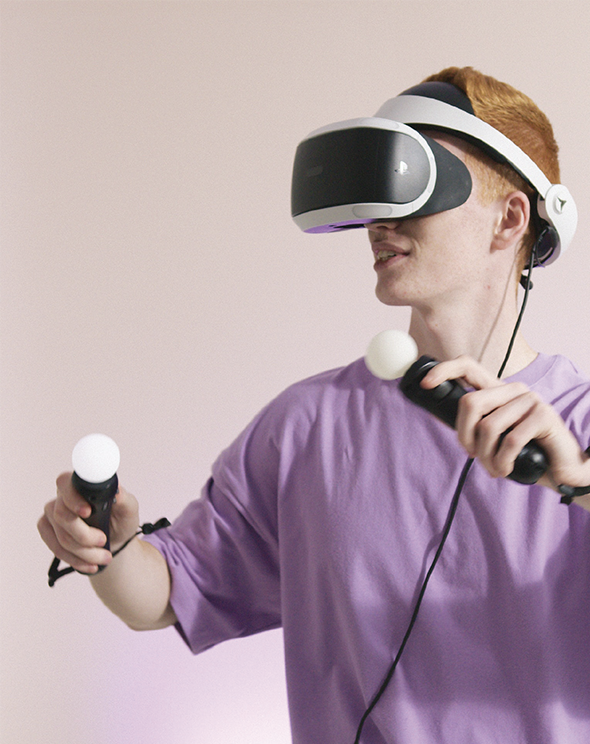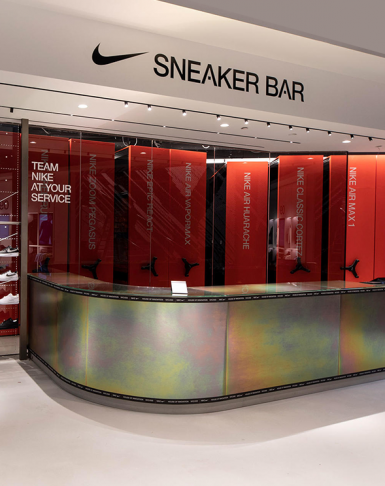This article originally appeared in Branders Magazine.
The coronavirus pandemic has elevated the desire for escapism to new levels. As the world has looked collectively to escape the reality of lockdown, the sale of immersive equipment has risen. In the U.K., for instance, the sale of VR headsets has increased 350%. And in the U.S., Nielsen reported that the cumulative time spent streaming video went up to nearly 75% over the year before.
And in the vein of business following users, immersive experiences are being leveraged by all types of organizations these days. From Netflix’s multi-city, multi-day, regency-era-inspired “The Queen’s Ball: A Bridgerton Experience” to Ernst & Young’s gamification of employee feedback. From the traveling Van Gogh exhibit showcasing 360 moving versions of his most famous masterpieces, to Cisco’s interactive 360-degree AR product catalog. Across all industries, everyone—from CMOs to COOs to Chief People Officers—is studying up and looking to apply this still-nebulous trend.
In general,
But that doesn’t mean that most brands are ready. Taking a 360-view of your brand will enable more than just engaging moments in time; it’ll prepare you for flexibility in an unpredictable future as well.
Know your who
Most audiences don’t enter an immersive experience with any sense of what to expect. Where with other experiences you may be able to build from existing mental maps they have, here, you’re starting from a true ground zero. While audience segmentation may help with general targeting, really understanding who your audiences are is crucial to engaging them on a meaningful level. Because it’s not just a one-on-one experience—audiences for immersive experiences are, in fact, plural. It’s crucial that you build personas that can help identify and define core characteristics of those you’re looking to target and to identify common characteristics and similar needs across different audience groups.
Plot your when
There are two main challenges when determining where along an audience’s journey an immersive experience can be powerful. The first being: at which points could immersive technology help to support, drive and enable a better experience? And the second being: at which points are there other successful engagement experiences that we don’t want to steamroll?
Audience-experience mapping can be a great tool to start with. By mapping and identifying audience interactions within the context of their goals, the potential for through-lines across their journey begins to emerge. Marrying meaningful moments for your audiences with the key drivers for the business and brand is key to driving immersion that goes beyond experiential marketing and delivers for both the brand and the business.
Let the why drive your how
Before developing and designing immersive experiences, take a step back. Ask yourself if you have a clear understanding of why you’re building that experience. What’s driving the need, and is everyone at your company on the same page? Don’t build for a specific technology. Build to solve problems and deliver for your audiences. Successful immersion can make an interaction more memorable, reinforcing learning and overall impact. So be purposeful behind the message that you are looking to communicate.
Immersion, while popular, is still in its infancy. As new technology and mixed reality see greater adoption, the expectations for how brands need to deliver will become both fascinating and frustrating. As seemingly fantastical new interfaces continue to emerge over the horizon—immersive and beyond—it’s vital that brands know who they’re engaging with, know where it makes sense to incorporate innovation, and know why they are embracing new platforms. Only then can brands truly leverage the potential of the many facets of immersive experiences.
Jenna Isken is Group Director, Experience.


